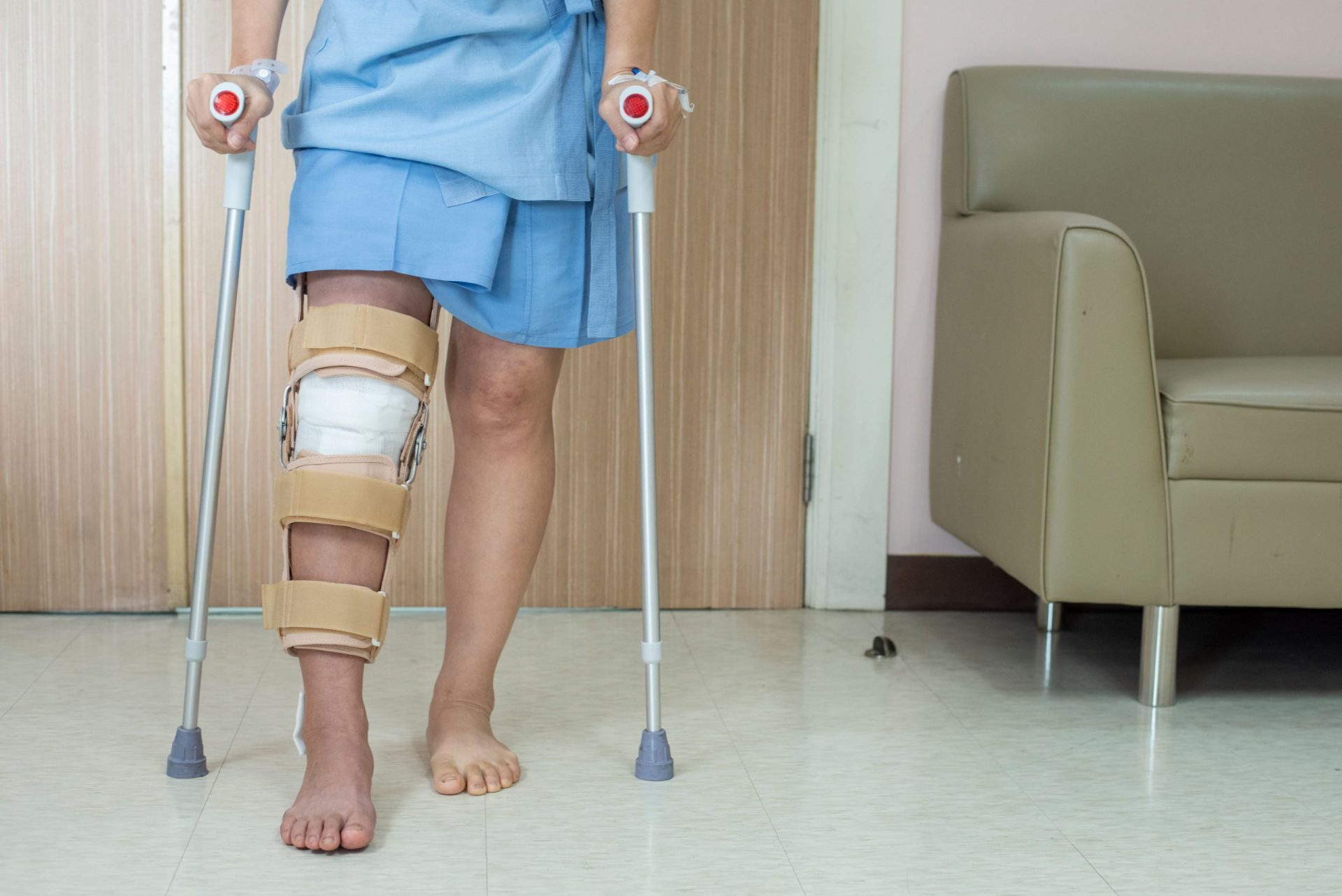
ACL Injury Treatment
Anterior cruciate ligament (ACL) injuries are a common occurrence, particularly among athletes and individuals engaged in physical activities. These injuries can be painful, debilitating, and can significantly impact one’s quality of life. In this comprehensive guide, we will delve into ACL injuries, including their causes, symptoms, risk factors, prevention strategies, and evidence-based treatments, to help individuals better understand, manage, and recover from this challenging condition.